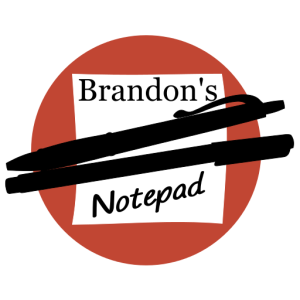Home > My Research > Eastern Philosophy & New Age > Enneagram
I hear a reference to the enneagram on occasion, so I thought I’d jot down a few notes about it.
The Figure
The enneagram is a nine-pointed figure inscribed in a circle. The points are labelled in the same way as a clock, but with nine at the top instead of twelve. Points 3,6 & 9 are connected, forming an equilateral triangle. A “web” is drawn by connecting the remaining points in the following order: 1,4,2,8,5,7,1.
Origin
The enneagram was introduced to Western thought by Russian psychologist and philosopher George Ivanovich Gurdjieff, who developed a mystical/spiritual way of self-development in the early twentieth century called the Fourth Way. This system teaches that man is not born with a soul, but can create one by moving to a state of higher consciousness.
Enneagram of Personality
Oscar Ichazo applied the enneagram to psychology, theorizing that one’s self-image, and thus personality, is centered on one of nine possible ego fixations within the psyche (resentment, flattery, vanity, melancholy, stinginess, cowardice, planning, vengence, indolence). The fixations can be organized and represented on the enneagram figure, becoming the Enneagram of Personality. Fixations are supported emotionally by passions and vices, and are subject to various temptations and fears.
Usage
This is a summary from the Enneagram Institute’s “How the Enneagram System Works” page. First, you must identify your basic personality type. The Riso-Hudson Enneagram Type Indicator (RHETI) questionnaire is one tool for doing so. The types are grouped into “centers” (“Feeling” is 2-4, “Thinking” is 5-7, and “Instinctive” is 8,9 & 1) and each center has a dominant emotion (shame, anxiety & anger/rage respecitively). You also have a wing type, one of the numbers next to the basic type on the circle, though there is disagreement amongst experts as to whether people have only one wing, two wings, or a dominant wing. There are also levels of development, movements between healthy, average, and unhealthy levels. As you approach health (growth or integration), you behave like (move toward) another personality type on the figure. Likewise, approaching an unhealthy state (stress or disintigration) means moving toward another type as well. These paths are defined by the “web” and “triangle” described above. The ultimate goal is to move around the enneagram, picking up the beneficial traits of each type along the way.
Links to Catholicism
Claudio Naranjo, Chilean psychiatrist and student of Ichazo, adapted the enneagram for Christian use and taught it to some Jesuit priests. Ironically, Jesuit priest Mitch Pacwa is one of the leading churchmen who oppose the enneagram and expose it for what it is. You can read this trascript of his that is a good, concise treatment of the enneagram and what it means to Catholics. Richard Rohr is a Franciscan friar and author who has written at least two books on how to use the Enneagram to bolster Christian spirituality. Finally, a good ‘short-course’ in the Enneagram and how it pertains to Catholicism has been published on the web by one Bruce Sabalaskey. It includes samples of deceptive vocalulary used by dissenters, and calls out the pantheistic and gnostic underpinnings.
